Your Brand, Their Journey-Hitting 1.5 Crore Passengers daily at 600 Bus Deports Across 8 States
What is Audiowala Bus Stand?
The “Audio-wala Bus Stand” is an innovative media platform developed by Vritti iMedia. It uses public address systems at state transport bus depots across various states in India to play audio advertisements. These ads are broadcast to passengers and visitors waiting at bus stations, allowing businesses and organizations to reach a large, diverse, and often rural audience.
The platform takes advantage of the high footfall at bus depots, particularly in rural areas where traditional advertising mediums like TV or digital may not be as effective. The audio ads are typically played during waiting periods, ensuring that they capture the attention of listeners. This medium has been used by various brands and government agencies for marketing and awareness campaigns, promoting everything from consumer products to tourism. Since the Audio-wala Bus Stand can reach people in remote areas, it’s seen as a powerful tool for mass communication, making it particularly suitable for campaigns targeting rural and semi-urban populations.
Why to Choose Audiowala Bus Stand
Network
- 8 States
- 575+ Bus Stands
Reach
- Targeting 3 Millions Passenger Daily Across State
Communication
- Local Language
Roi
- Natural View
Why to Choose Audiowala Bus Stand
Geographical Coverage
Current coverage includes:
1) Maharashtra: 140 locations across the state
2) Karnataka: 230 locations across the state
3) Gujarat: 60 locations across the state
4) Goa: 12 locations across the state
5) Rajasthan: 43 locations across the state
5) Haryana: 41 locations across the state
6) Himachal Pradesh: 17 locations across the state
7) Punjab: 31 locations across the state
Targeted Audience Reach:
Massive Footfall: State transport bus depots see large, diverse crowds daily, making them ideal for reaching a broad demographic, including passengers from Tier 2 and Tier 3 cities and rural areas. Audiowala bus stand reached 20K to 40K passangers daily in bus depot.
Rural and Semi-Urban Penetration: Audiowala Bus Stand is especially effective in these regions, helping brands engage with audiences who may not be reached by traditional advertising channels. This makes it a powerful tool for financial services and brands focusing on financial inclusion.
USP
Passengers waiting for buses at depots form a captive audience, offering prolonged exposure to audio ads. This extended listening time results in better ad recall and retention, significantly improving the effectiveness of campaigns. The waiting period becomes an opportunity for advertisers to introduce products and services, maximizing engagement.
Cost-Effective Advertising: Economical Campaigns: Compared to traditional advertising mediums such as TV or print, Audiowala Bus Stand offers a more budget-friendly option, particularly for localized and regional promotions. This makes it accessible for both large national brands and small local businesses.
Continuous Exposure: The ads can run multiple times throughout the day without additional costs, ensuring maximum brand exposure.
Localized and Relevant Messaging:
Language Customization: Audiowala Bus Stand allows brands to tailor their ads in local languages, making the message more relatable and easier to understand for the target audience.
Contextual Relevance: The platform enables advertisers to deliver relevant messages based on the needs of the audience. For example, banks can promote microfinance or savings schemes that resonate with rural and semi-urban populations.
Brand Recall and Trust Building
Repetitive Messaging: Regular exposure to ads fosters strong brand recall, crucial for financial services and other industries that rely on trust.
Building Trust in Communities: Frequent and familiar communication in a known environment like a bus depot builds trust, particularly in rural and semi-urban areas where people may have limited exposure to formal financial institutions.
Innovative : Use of Waiting Time The system leverages the waiting time at bus depots to engage passengers with ads. This "captive audience" setup means commuters are more likely to listen, absorb, and act on the content, making it a powerful tool for promoting financial products and services.
Secure and Centralized: Management The advertising system is centrally controlled and monitored from Pune. Ads are securely transmitted from a centralized server, ensuring there is no manual intervention at local bus depots. This central management guarantees the accuracy and consistency of ad delivery.
Common Question
Passengers are highly attentive to bus announcements, and the ads are played between these announcements. This positioning makes the ads impossible to ignore. Additionally, the platform provides entertainment, reducing boredom during waiting times and making passengers more receptive to the audio content.
2)What makes Audiowala Bus Stand unique?
It’s the only medium where passengers cannot switch channels, making it a captive experience. Since bus announcements are essential to passengers, they are bound to hear the ads, ensuring high engagement and brand recall.
3)What is the ideal jingle duration?
A 20-second jingle is optimal, as longer messages tend to lose the listener’s attention.
4)What is the ideal repetition for jingles?
we recommend 20–32 repetitions per day, ensuring the jingle is heard every 30 minutes
5)Who creates the jingles?
You can either submit a pre-made jingle following our guidelines or take advantage of our in-house creative team to develop cost-effective content tailored to local dialects and preferences.
6)What are the important guidelines for creating a jingle?
•Start with an attention-grabber.
•Repeat the brand name at least 4–5 times.
•Focus on the message, with minimal background music.
•End with a strong brand name and punch line.
7)What format is required for jingles?
We accept jingles in MP4 format.
8)Is it only audio or do you offer video announcements too?
Audiowala Bus Stand is a digital audio medium, but we also offer 42” LED screens at select stations for additional visibility. However, audio is more effective in bus stations as it commands the attention of passengers, even in restrooms.
9)Can we run different jingles at different locations?
Yes, jingles can be customized for specific locations.
10)Can multiple jingles be played at the same location?
Yes, we can schedule multiple jingles at the same bus stand.
11)How is the system managed and controlled?
Advertisements are securely transmitted to bus stations from a centralized server, using technology developed in-house by Vritti.
12)Can the content be updated dynamically?
Yes, jingle content can be dynamically adjusted based on the target audience and location.
13)How do I monitor Audiowala Bus Stand campaigns?
We provide reports within 2–3 days of campaign launch, conduct joint visits for quality checks, and offer an IVR service for live audio monitoring. Detailed campaign reports are also available.
14)How do you ensure high uptime for the infrastructure?
Our control room is equipped with dedicated servers, backup systems, and disaster management arrangements to ensure 100% uptime.
15)What is the ideal campaign duration?
A campaign should run for at least 3 months to ensure brand recall. For shorter campaigns, we recommend increasing repetition to 3–4 times per hour.
16)What is the peak time for this medium?
Bus stations are busy throughout the day, except for a slightly quieter afternoon period.
17)What packages are available for advertisers?
We offer state-wise, zone-wise, district-wise, and taluka-wise packages. You can also select individual stations.
18)Why is ST Bus Stand communication important for rural reach?
State transport bus stands are the primary congregation points in small towns and rural areas. With a 30-minute average wait time and a constantly changing audience, your message reaches a fresh group of people every half hour, providing full advertising value.
19)Do people listen to ads at bus stations?
Yes, passengers pay close attention to bus announcements, and our ads are played between these announcements, making them highly noticeable. Audiowala Bus Stand also provides entertainment, reducing boredom during wait times.
20)Can we combine audio campaigns with branding and engagement activities at bus stations?
Absolutely! We offer Audio-Led activations, where brands can engage passengers with canopies, partnerships with local vendors, and other 360° experiential campaigns to enhance brand interaction.
We have got covered in

To Watch Your Latest Achievement

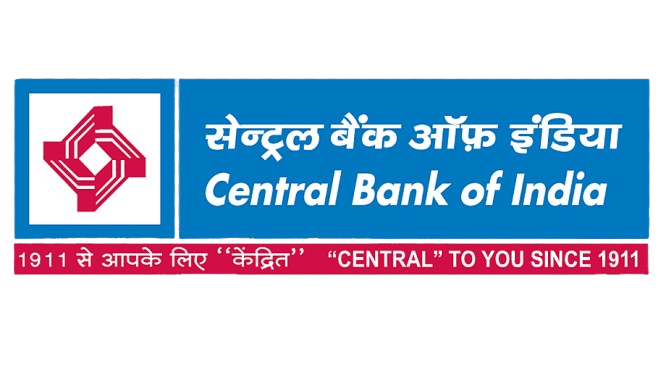
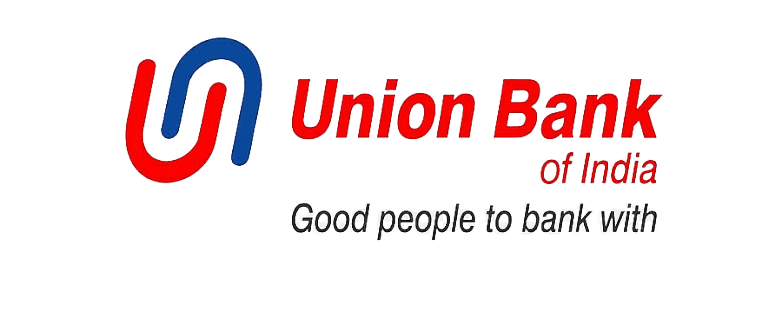
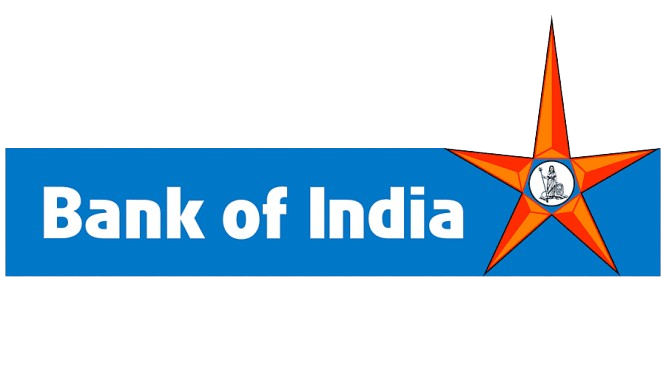
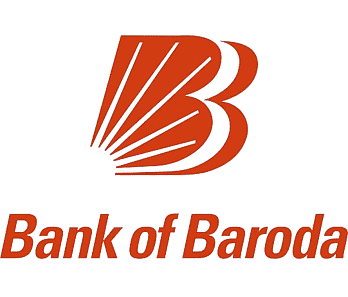
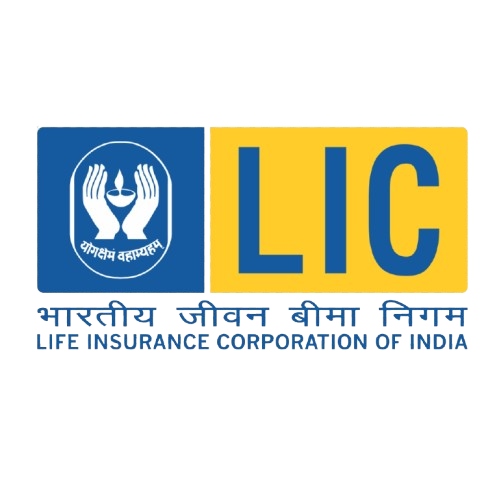
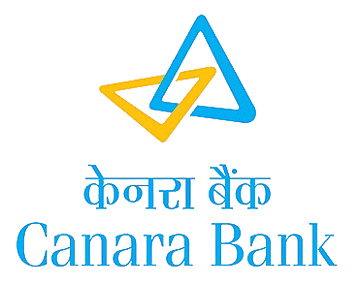

To know more about advertising on Audiowala Bus Stand, we are just a call away!
Contact us:
Vritti iMedia & Mindwave: 1800 1038489
Sales Number: 95610 95610
Write us:
enquiry@vritti.co.in
Reach Out Our Location
Pune
Address :
Vritti Solutions Ltd.,
4, continental Park,
Opp. Karve Statue,Karve Road,
Kothrud,Pune - 4 11038
Mumbai
Address :
Vritti Solutions Ltd.,
404, Kalptaru Plaza,
Chincholi Bunder Road,
Malad (W), Mumbai – 400 064.
Delhi
Address :
Vritti Solutions Ltd.,
Office No – 204, Second Floor
Pragati Deep Commercial Complex
Laxmi Nagar - Delhi (110092)
Bengaluru
Address :
Vritti Solutions Ltd.,
No. 35, SK Towers, 2nd & 3rd Floor,
11th Cross, Malleshwaram,
Near Vyalikaval Police Station,
Bangaluru – 560 003
Karnataka (India)
Chandigarh
Address :
Vritti Solutions Ltd.,
Office no. 402,
SCO 129-130, 4th floor,
adjoining ICICI Bank
Sector 17 – C
Chandigarh, 160017
Ahmednagar
Address :
Vritti Solutions Ltd.,
Plot No.11, Sai Suman,
Dalvi Mala, Gulmohar Road,
Shilavihar, Savede ,
Ahmednagar- 414003
Latur
Address :
Vritti Solutions Ltd.,
F.No.6, Om Apartments,
Dinanath Nagar, Savewadi,
Latur – 413512.
Jaipur
Address :
Vritti Solutions Ltd.,
423, 4th Floor, Ganpati Plaza,
Mirza Ismail Rd,
Jaipur, Rajasthan 302001
Panaji
Address :
Vritti Solutions Ltd.,
S 58, 2nd floor, Alfran Plaza, Near Don Bosco High School, Panaji, Goa 403001
Ahmedabad
Address :
Vritti Solutions Ltd.,
A-1305, Sun West Bank, Ashram Road, Ahmedabad - 380009
